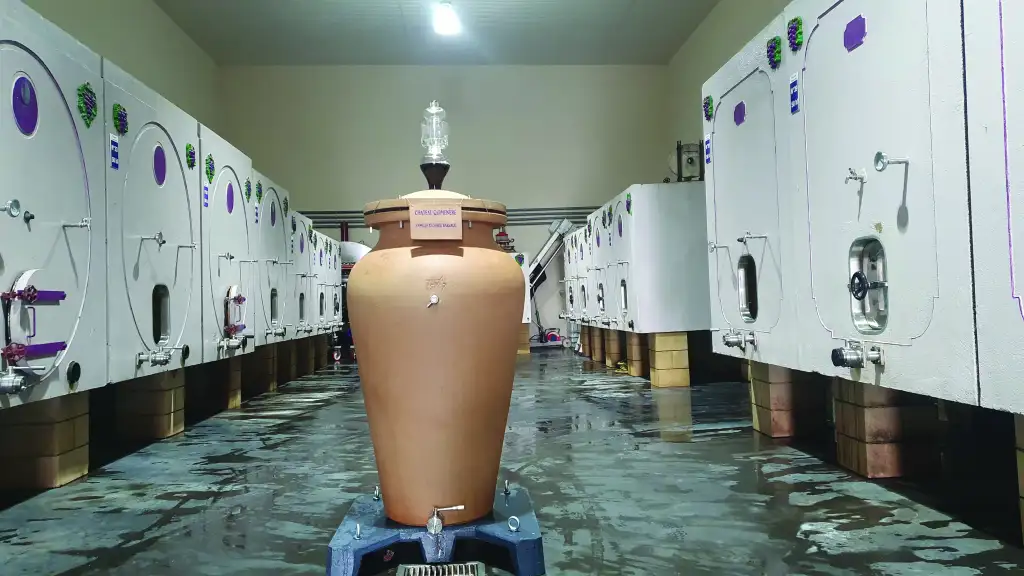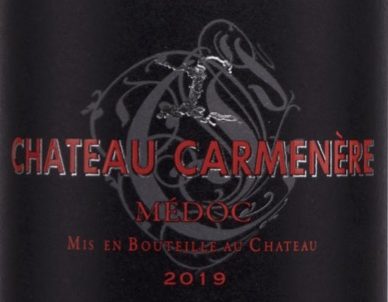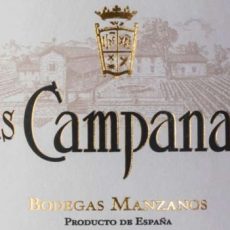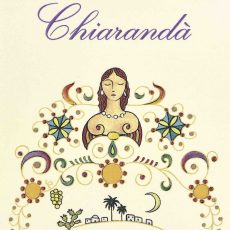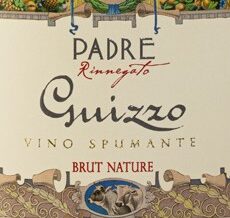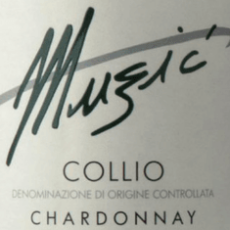Description
About 150 years ago, a small insect called phylloxera almost single-handedly destroyed all of Europe’s vineyards. This parasite, originally from North America, would enter the vines and slowly but surely cause the death of the roots, and then inevitably of the plant itself.
American vines, good for nothing for producing wine, were resistant to this invader and it was necessary to graft noble European vines onto American vines to succeed in creating resistant vines and thus save the entire wine industry and Europe. But the ravages of phylloxera caused collateral damage. Several grape varieties were sacrificed. They were not saved and they sank into oblivion, little by little. This is the case of Carmenère, a Bordeaux grape variety that was also sometimes called “grande vidure” and which was used before the invasion in most of the great Bordeaux wines alongside Carbernet Sauvignon, Cabernet France, Malbec, Petit Verdot and Merlot (which it closely resembles).
The Resurrection
The grape variety was gone, dead, and only talked about in books on the history of the vine. Until the early 1990s when it came back to life, somewhere deep in a field in Chile. In fact, it was a French professor of ampelography (the science of vine varieties), Claude Valat, who noticed that some vines that were presented to him as Merlot had different characteristics. A few years later, the proof was in place: these strange Merlots were in fact Carmenère vines imported into Chile a few years before the phylloxera invasion.
The Chileans were quick to take ownership of this Bordeaux grape variety. In the spring of 1997, a few Chilean bodegas began to market the first bottles of Carmenère. In our country, this little-known grape variety is authorized in the Bordeaux, Médoc, Premières Côtes de Bordeaux and Saint-Emilion appellations and is coming back into fashion. It is characterized by notes of blackberry, cherry and chocolate. On the palate, the wine is round and confirms the fruit quality of this grape variety.
Family history and wine passion
This wine epic spans time and generations, beginning its journey in the 19th century with Louis RICHARD and continuing with Roger RICHARD. The imprint of these pioneers resonates throughout the family home that once housed the secrets of the winemaking cellars and the gentle murmur of the barrels.
In 1955, the third generation led by Pierre BARRAUD took a decisive turn by joining the communal cooperative winery, thus breathing new life into the red wines of the Médoc Appellation d’Origine Contrôlée. This is how Château LAUBESPIN was born, whose legacy was carried further by Alain BARRAUD, who expanded the vineyard to a size of 9 hectares.
The emerge of Chateau Carmenere
The year 2006 remains a turning point, when Richard BARRAUD took the bold decision to create Château CARMENERE on his family’s ancestral lands. Blossoming from a humble hectare in the Médoc appellation, and a few plots initially leased, this vineyard embodies a vision, a commitment to the family heritage and exceptional viticulture.
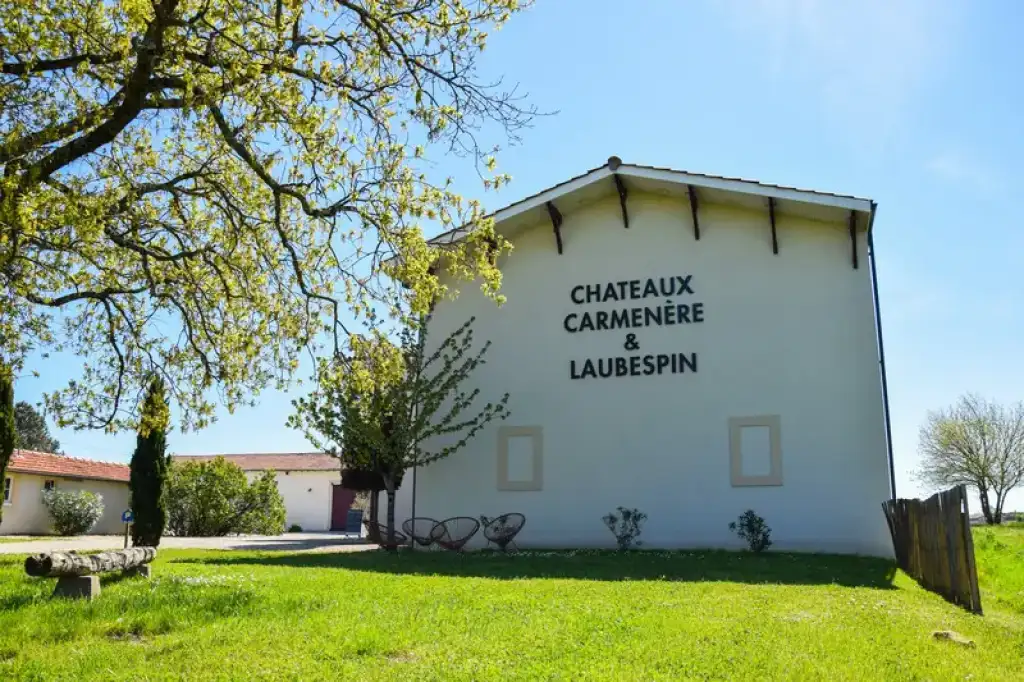
A land of authenticity magnified by modernity
The Château CARMENERE vineyard, carefully scattered in Queyrac, a charming commune north of Bordeaux, combines the authenticity of the terroir with modern techniques. Cultivated with a sustainable approach, it highlights an assortment of typically Médoc varieties, including Cabernet Sauvignon, Merlot, Petit Verdot, and of course, Carménère. Each grape variety contributes to a complex and flavourful symphony, embodying the quintessence of great wines.
During the harvest, whether manual or mechanical, each plot finds its place in thermo-regulated winemaking vats, where the production process begins. Château CARMENERE stands out for its meticulous method of optical sorting of the harvest, a rare process that demonstrates the unwavering commitment to quality.
